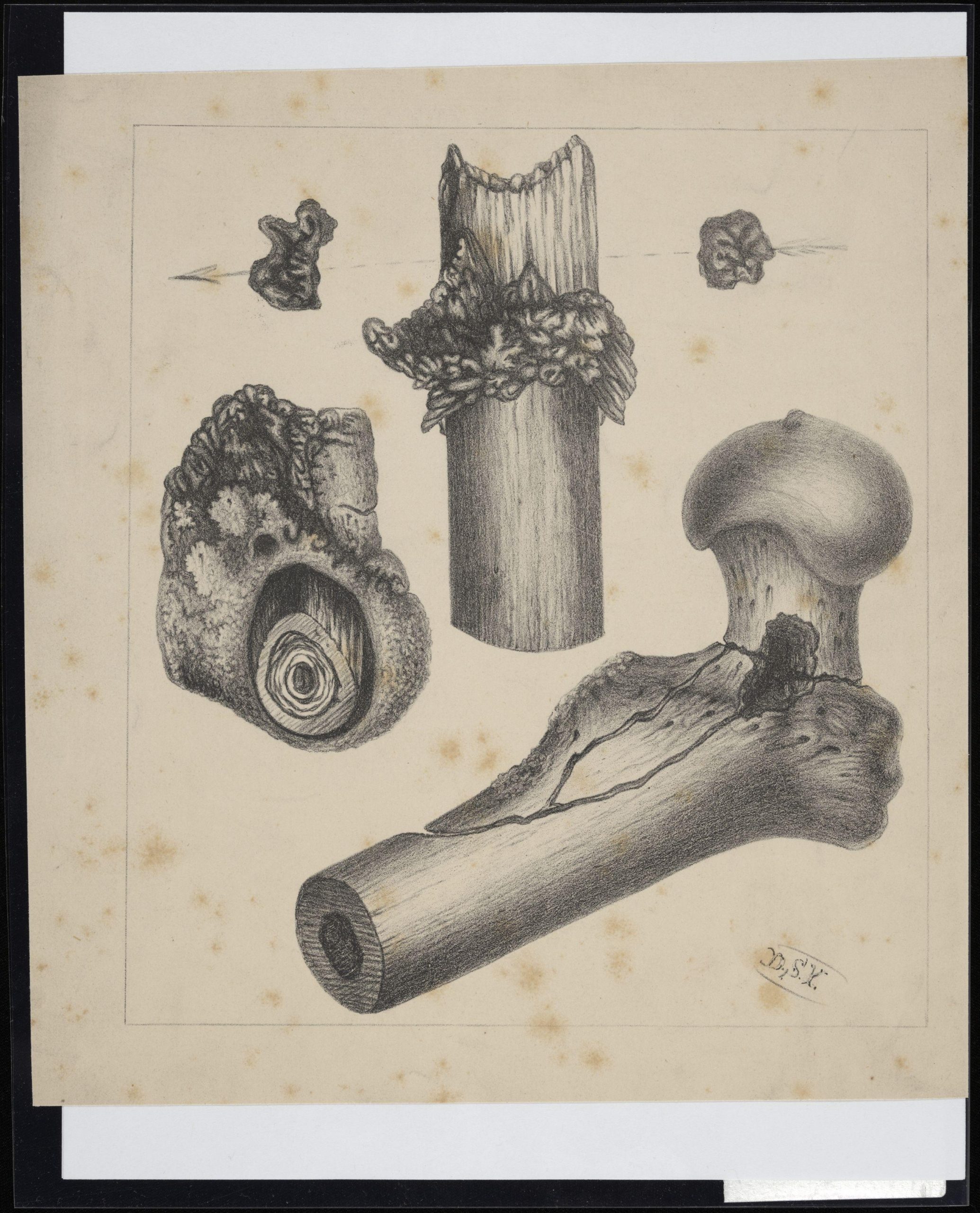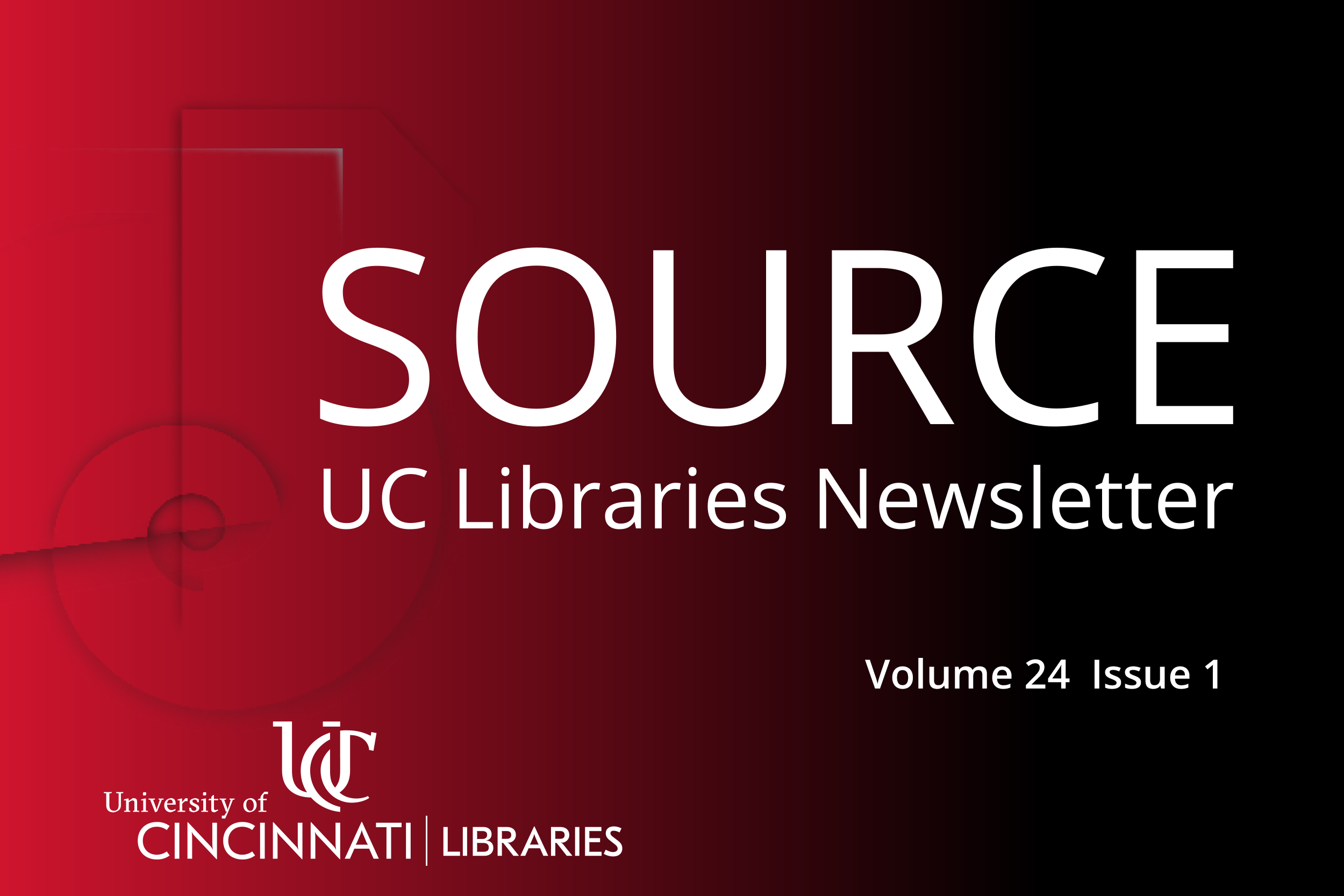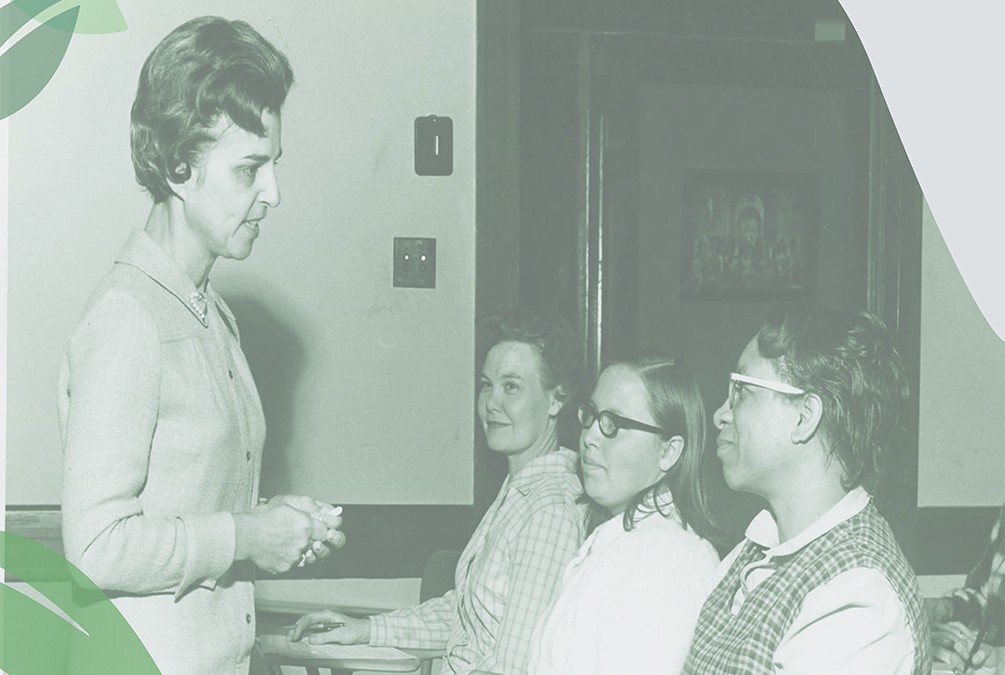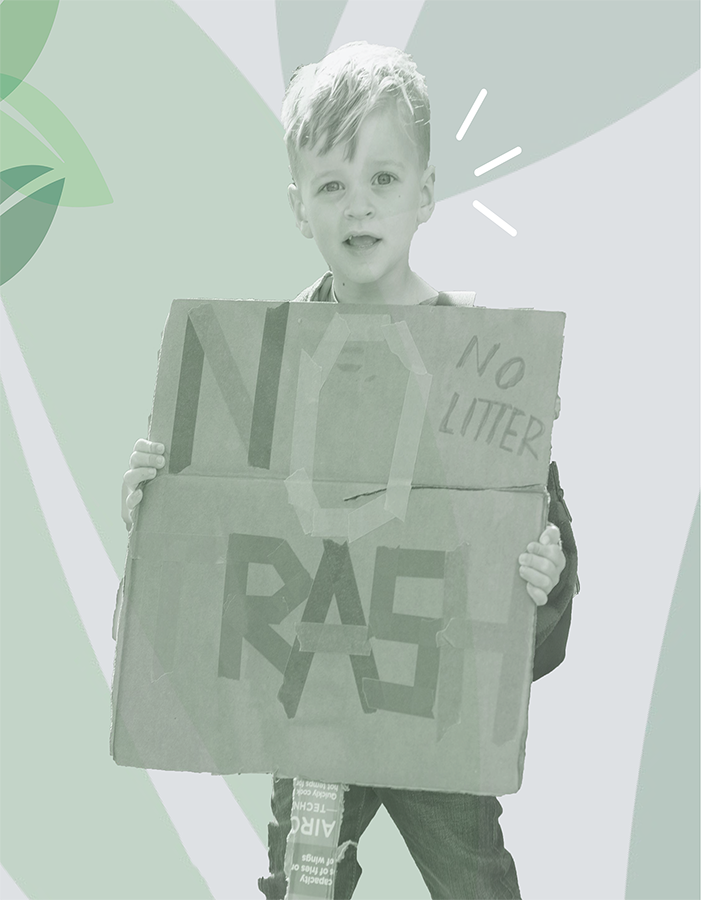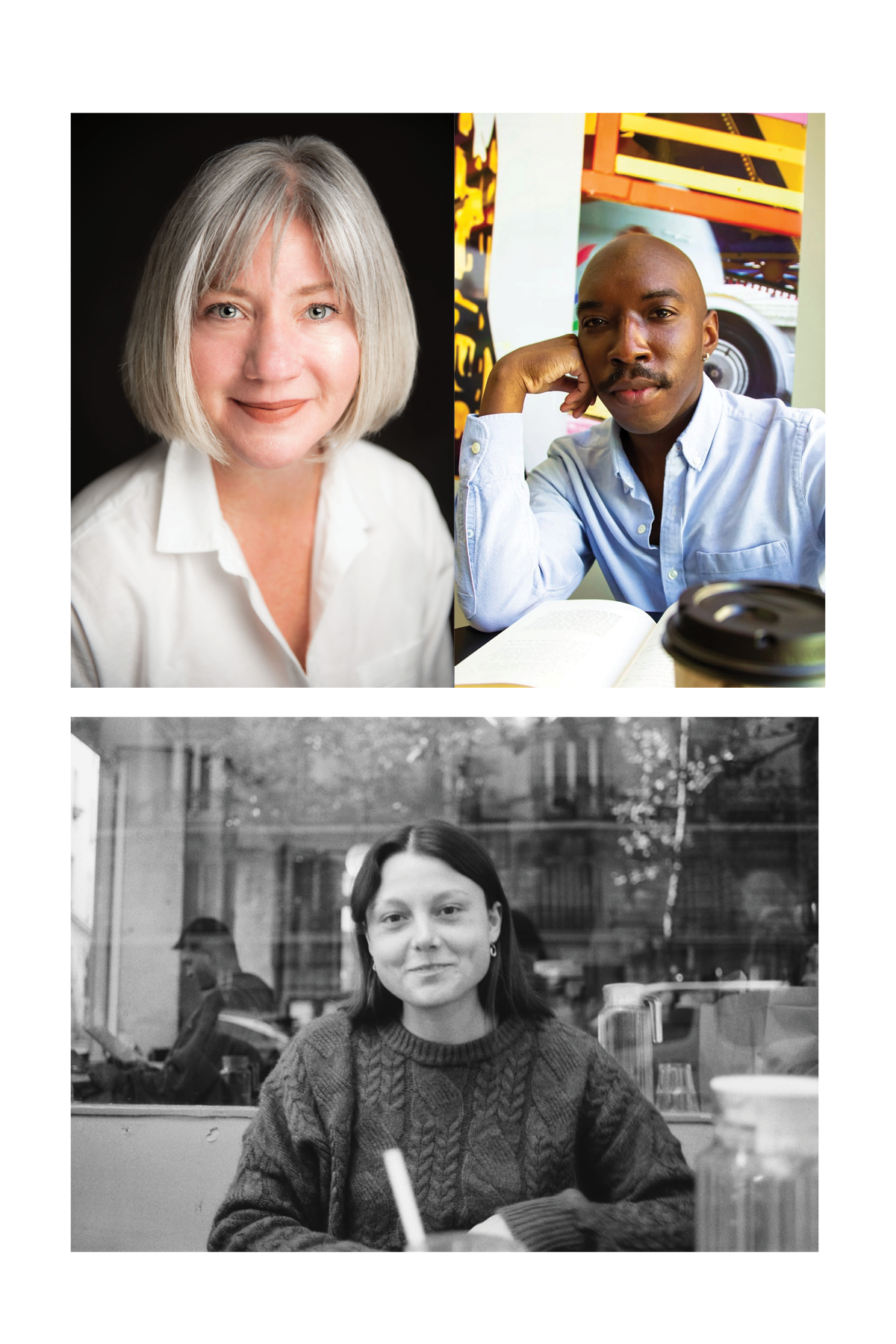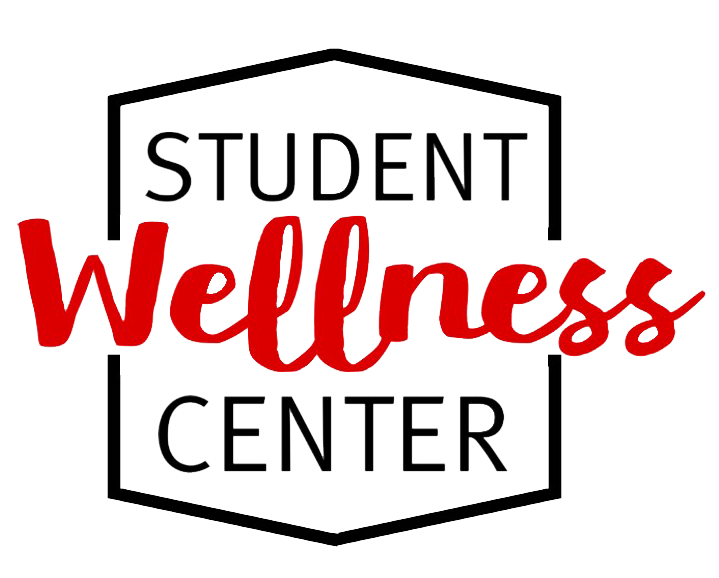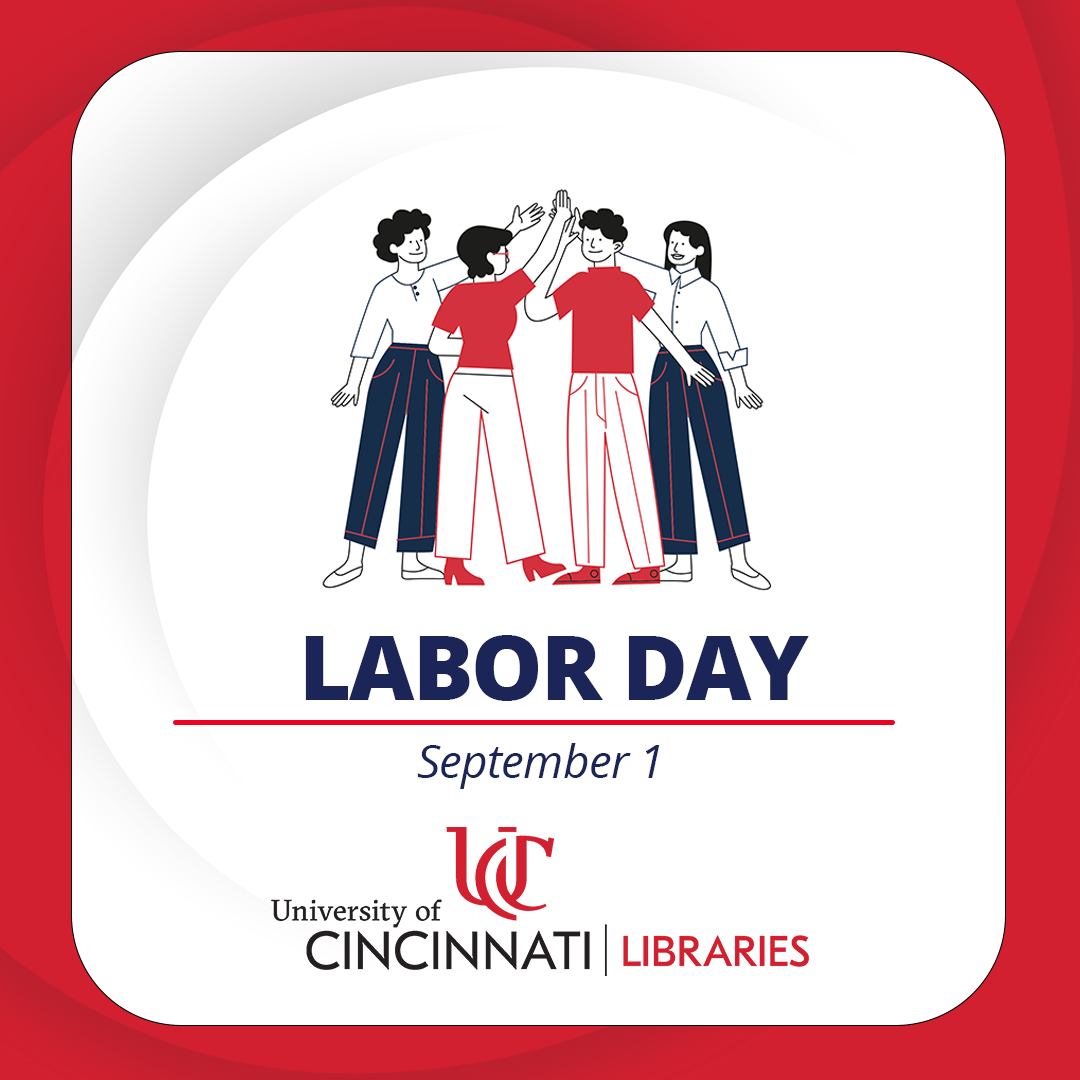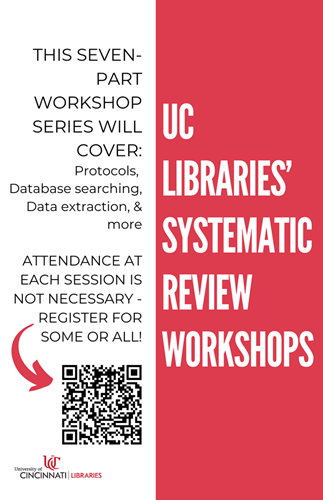Hard to believe we’re here already, again. Summer went by VERY quickly this year. From all of us here in CECH Library, welcome back! We’ve been hard at work this summer and have so enjoyed reconnecting with our amazing students this week. Here are a few high-level updates about summer projects and support opportunities in the semester ahead.
The renovation of our 4th floor reading room is still in progress and slated to re-open by spring 2026. For the most up-to-date information on our reading room, check out the 4th floor renovation page on our website. You’ll also find an up-to-date photo gallery where you can view the project in progress.
Your CECH librarians are eager to support you via library instruction and research assistance. Reach out to your CECH librarian liaison for details and support. This fall we are offering a variety of virtual and in-person workshops on topics such as systematic reviews, research skills, and citation management. A complete listing of workshops and registration details are available via Faculty OneStop.
Those who have our UC Libraries website bookmarked may notice a new search box and majorly improved discovery tool, now known as OneSearch. Use it to search for articles, books, and nearly everything else that UC holds in its print and electronic collections. All CECH Library staff are eager to assist you with OneSearch, and don’t miss this excellent suite of support resources in the CECH Knowledge Base from librarian Madeleine Gaiser.
Lastly, our MakerLab is operational and staffed with two MakerLab Assistants Monday-Thursday from 1-5pm. Drop in anytime our library is open to use self-service tools, or visit during MakerLab Assistant hours to get help with advanced tools, including the laser cutter/engraver, sticker printer, and 3D printer. And stay tuned – fall semester MakerLab workshop offerings will be announced soon.
All best,
Katie, Madeleine + Rachel (CECH Library staff)
